#lake amphibians
Photo
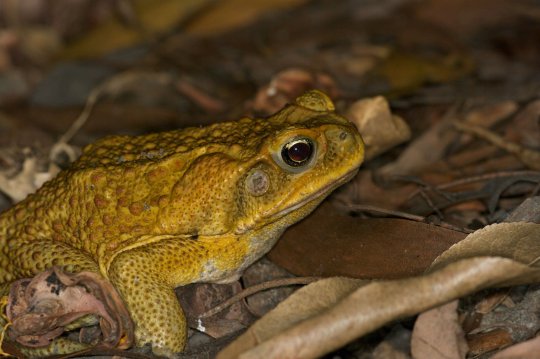
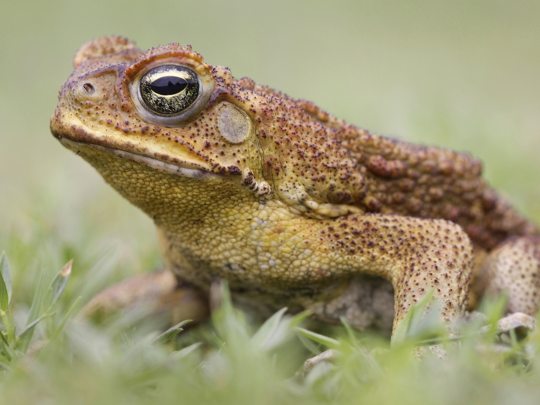

Caring for the Cane Toad
Also known as the giant neotropical toad or marine toad, the cane toad (Rhinella marina) is a large species of toad native to Central and South America. They are most often found near permanent sources of water like lakes, wetlands, and slow-moving rivers, as well as tropical rainforests and open grasslands. R. marina can also be found in human-modified areas, like gardens and farmland. They have a wide range of temperatures which they can tolerate; some populations in North America can tolerate up to 53% of their bodily fluids freezing.
Despite their preference for living near water, cane toads are primarily terrestrial. They feed on a wide range of arthropods, birds, small reptiles, and small mammals-- anything they can fit in their mouths. Prey is mainly identified via movement and smell, as R. marina has poor vision and hunts at primarily night. During the day the marine toad hides under logs or in foliage to avoid predators. The most common threats in its native region include caimans, birds of prey, snakes, eels, large fish, and bullet ants. To deter these predators, the cane toad can emit a milky-white substance known as bufotoxin, which is poisonous to many species. Individuals will also inflate their lungs, puffing up their bodies to appear larger than they really are.
R. marina is easily identified as the largest species in the family Bufonidae, reaching up to 24 cm (9.5 in) long and weighing an average of 106g(3.75 oz). Females are significantly larger than males. On adults, the head and back are covered with large wart-like bumps, and the color ranges from light grey to red to dark brown. Juveniles have smooth skin and are usually darker in color. Because of their terrestrial nature, marine toads lack webbing between their fingers.
The giant neotropical toad is capable of breeding year-round, so long as resources are plentiful. Males congregate in bodies of slow-moving or still freshwater, and call loudly to attract a mate. Depending on the number of males and the size of their breeding ground, males may also fight for dominance. After a female choses a mate (or several), she may lay up to 25,000 eggs in strings up to 20m (65 ft) long. The eggs take only 2-7 days to hatch, but few make it past the tadpole stage, which lasts about a month. Only about 0.5% of cane toads reach adulthood, which takes about a year. Without predators R. marina can live up to 10 years.
Conservation status: The IUCN lists the cane toad as Least Concern, due to their large native population and adaptability. Unfortunately, the cane toad has been introduced in many areas, including Australia, southeast Asia, the Caribbean, and North America, and is considered a highly invasive species.
If you like what I do, consider leaving a tip or buying me a kofi!
Photos
Chris Ison
John Sullivan
Richard Shine
#cane toad#Anura#Bufonidae#south american toads#true toads#toads#amphibians#wetlands#wetland amphibians#freshwater fauna#freshwater amphibians#lakes#lake amphibians#rivers#river amphibians#tropical forests#tropical forest amphibians#urban fauna#urban amphibians#central america#south america#biology#zoology#animal facts
221 notes
·
View notes
Text
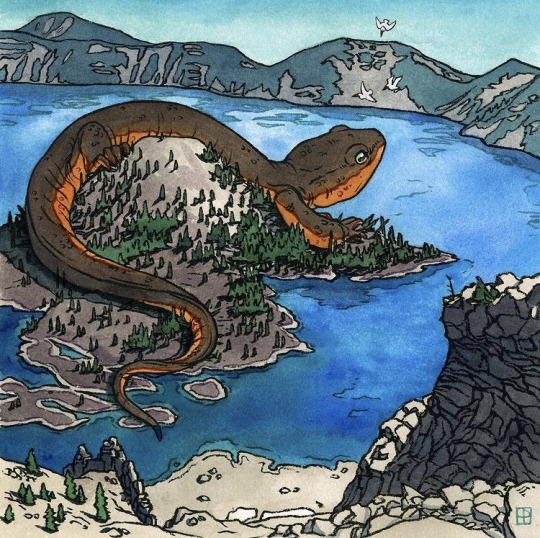
"Gentle Giant of Wizard Island"
12x12", Ink and watercolor, 2023. By Emily Poole.
#art#ink#watercolor#nature#pacific northwest#pnw#oregon#crater lake#newts#rough skinned newt#mazama newts#amphibians#wizard island#national park#some people in the tags don’t seem to know Wizard island is a real island in Crater Lake Oregon
15K notes
·
View notes
Text



Зеленая прудовая лягушка (лат. Pelophylax lessonae). Green pond frog.
#русский tumblr#россия#лето#природа#озеро#герпетология#амфибия#лягушка#макрофото#мои фото#russia#summer#nature#nature photography#lake#herpetology#wildlife#amphibian#frog#my photos#original photography#macro photography#photographers on tumblr
270 notes
·
View notes
Text


Gigantic bullfrog that @seabeck, her brother, and Juniper caught!
#artists on tumblr#original photographers#original photography#pacific northwest#nature#washington#nikon#orofeaiel#pnw#bullfrog#cottagecore#goblincore#summer#vibes#wildlife#amphibian#lake
155 notes
·
View notes
Text

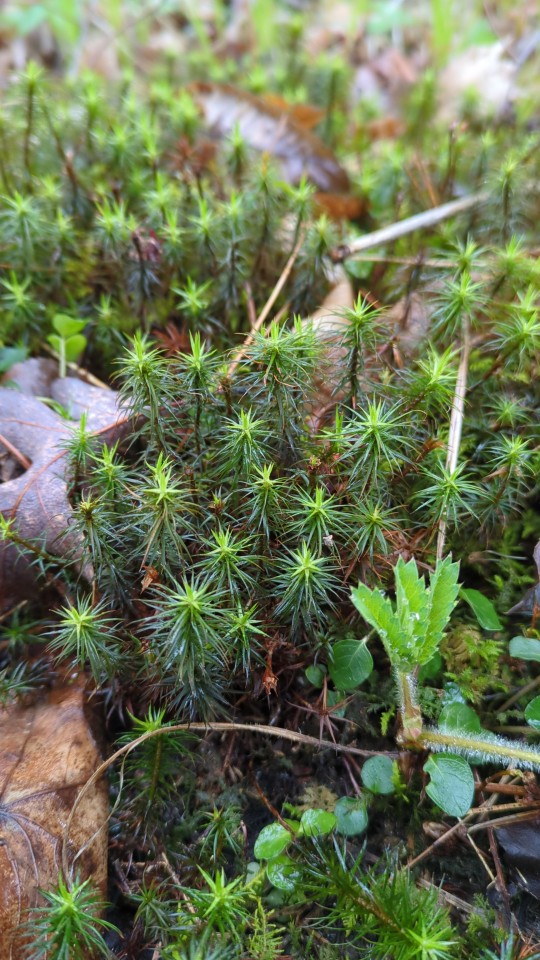
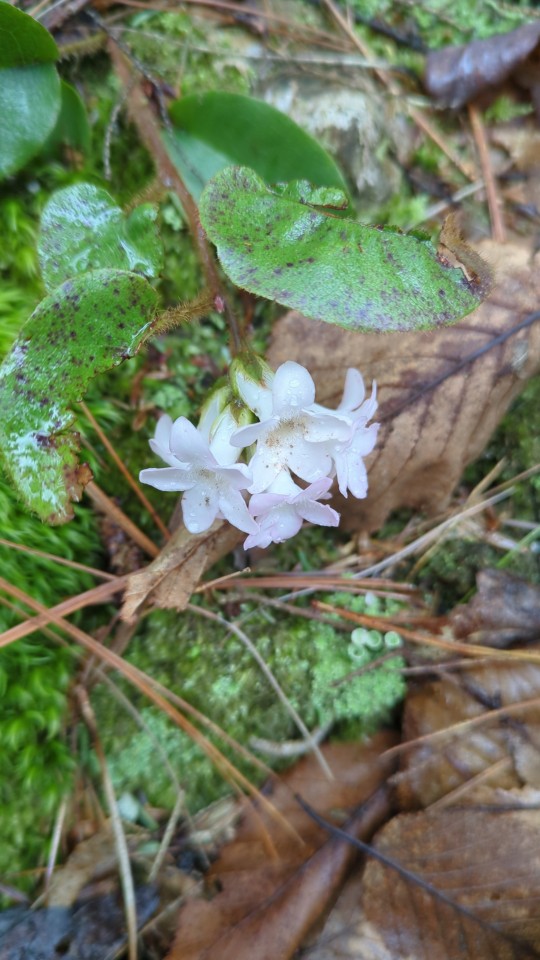



From the forest...everything is turning very green 💚
#forest#newt#amphibian#fern#nature#wildlife#naturecore#forestcore#moss#mosscore#green#spring#spring 2024#2024#april#april 2024#red eft#salamander#creek#stream#me#mine#pictures#images#ny state#new york state#finger lakes#western ny#western new york
229 notes
·
View notes
Text

1943 PBY making a graceful arrival at the International Seaplane Meeting at Bisscarrosse, France
#Consolidated Vultee#PBY#Catalina#Flying boat#seaplane#vintage aircraft#Model 28#Amphibian aircraft#Aviation#airplane#Lake Bisscarrosse#Flying
302 notes
·
View notes
Text

Maysozoic day 15:
A school of beelzebuffo swim away slowly from a gar who is already satiated
#tadpole#far#tadpoles#paleoart#fish#gar#paleontology#palaeontology#swamp#lily pad#lilypad#madagascar#prehistoric#frog#amphibian#Maysozoic#water lake#I summon the other blogs
57 notes
·
View notes
Note
Hi, Michael!
Are you a cat or dog distortion. Or both. Or neither.
Sincerely, a fellow queer spiral avatar
AN AXOLOTL, DEAR >>(^_^)<<
#AN AMPHIBIAN WHO CANT BREATHE AIR#A FISH WITH LEGS#A GOD WHOS CIVILIZATION BROKE THEM INTO PIECES AND SHOVED THEM INTO A LAKE#I AM AN AXOLOTL#tma#the magnus archives#michael distortion#the spiral
67 notes
·
View notes
Text

Amphibiuary Day 17 - Robot
Imagine an unmanned deep sea submersible, but made by amphibians. Amphibians spend a lot of time in shallow water, they've got to be curious about the deep ocean, right? (Side note, I tried to find out how deep amphibians can go or how deep they COULD go in theory, but I could find no information on this. Disappointing.)
Don't worry, it isn't going to grab the fish. It's just looking.
#amphibiuary2024#I guess the nature of amphibians means that they really aren't going to be diving very deep#I was just hoping there was some weird salamander that lives in a deep lake and likes to go diving or something
37 notes
·
View notes
Text
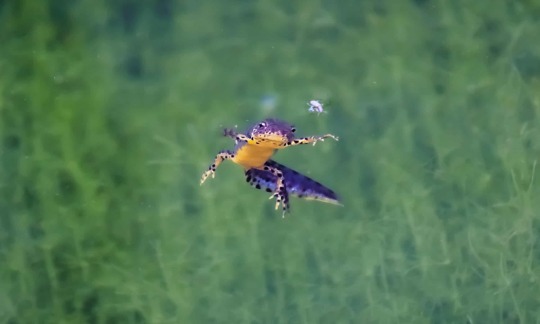
A brightly coloured Italian alpine newt photographed in the lake at the Crespina 2 quarry in Tuscany.
Photograph: Manuel Micheli
#manuel micheli#photographer#italian alpine newt#newt#amphibian#animal#lake#crespina 2 quarry#tuscany#italy#nature
43 notes
·
View notes
Video
Japanese tree frog por Teruhide Tomori
Por Flickr:
Location : Oroshimo, Kusatsu, Shiga pref. ニホンアマガエル
#Japanese tree frog#wildlife#nature#water#amphibian#summer#Japan#Japon#Shiga#Lake Biwa#frog#ニホンアマガエル#カエル#両生類#日本#野生動物#琵琶湖#草津#滋賀県#自然#ネイチャー#夏#flickr
8 notes
·
View notes
Text
Uncharismatic Fact of the Day
How many push-ups can you do? The Lake Titicaca frog-- also known as the scrotum frog-- can do quite a lot! In fact, doing 'push-ups' under water actually helps this species to absorb more oxygen through their skin by increasing the water flow around their bodies. This ability is extra important, as the Lake Titicaca frog lives its whole life underwater!
Check out the video for an example of their extreme workout:
youtube
If you like what I do, consider leaving a tip or buying me a kofi!
68 notes
·
View notes
Photo


Lake amphibian in a very age appropriate 70′s livery. Oshkosh 2022
115 notes
·
View notes
Photo


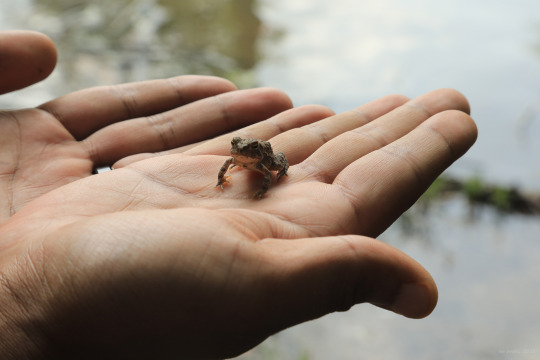


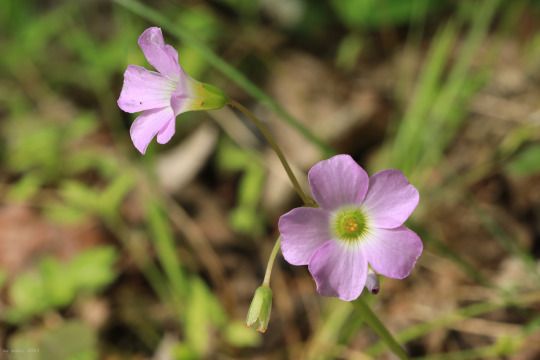
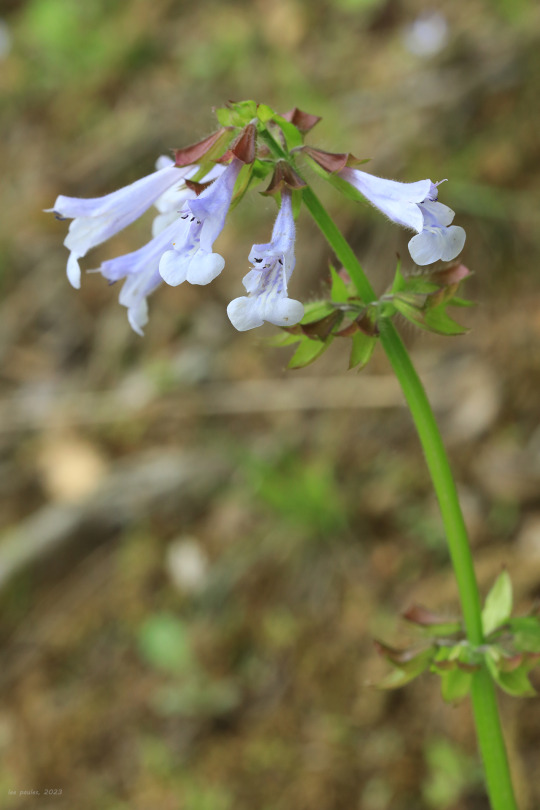

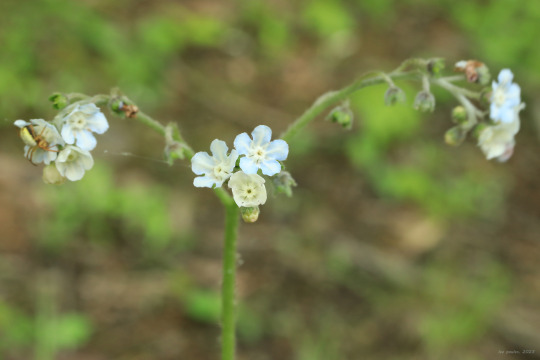

Blake and I drove out to Tygart Lake yesterday to scout fishing spots. The lake is quite popular with local boaters and fishers, and finding a quiet cove to yourself is no easy task (bushwhacking skills are highly desirable). Blake has an instinctive feel for good fishing spots and an enviable power to draw wildlife to himself, including apparently toads - evidence being the little tater tot (above) that practically jumped into his hands. Never once peed on him.
From top: violet wood sorrel (Oxalis violacea), a lovely, low-spreading perennial of damp woods and streambanks; lyreleaf sage (Salvia lyrata), an evergreen mint with elegant blue flowers and unusual, multi-lobed foliage; and wild comfrey (Cynoglossum virginianum), which is becoming increasingly rare throughout much of its range.
#appalachia#vandalia#west virginia#tygart lake#tygart lake state park#may#spring#amphibian#toad#eastern american toad#violet wood sorrel#lyreleaf sage#wild comfrey#flora#wildflowers
49 notes
·
View notes
Photo

FROM : martinezalejandrojr
#martinezalejandrojr#dragonflies#frogs#hunting#insects#amphibians#gifs#lakes#wild animals#wildlife#animals & wild animals
68 notes
·
View notes
Text
I was filming this newt and he just fell of the rock #newtfail 🥺
#newt#amphibian#wildlife#eft#red eft#eastern newt#nature#naturecore#me#mine#video#spring#April#spring 2024#april 2024#2024#forest#creek#funny#cute#new york#new york state#ny state#finger lakes#western ny#western new york
222 notes
·
View notes
